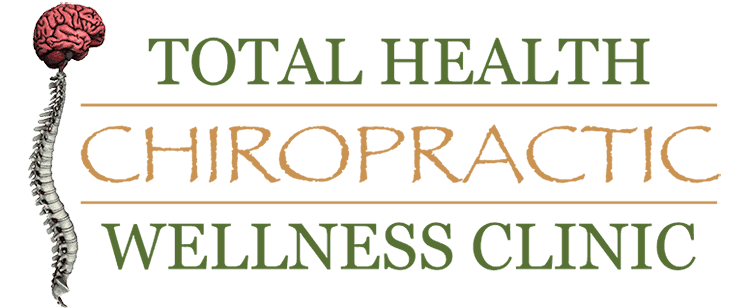Worldwide, osteoporosis causes more than 8.9 million fractures annually, resulting in an osteoporotic fracture every 3- seconds. It is estimated that more than 90% of hip fractures result from falling. A risk factor for falls and fractures is impaired balance. The most common cause of traumatic brain injuries (TBI) also stems from falls. The loss or deterioration of balance and coordination presents a major health risk that influences the quality of life for the elderly.
Balance and coordination begin in the brain and consist of contracting specific groups of muscles while relaxing and stabilizing other muscle groups. A person’s ability to maintain balance consists of an intricate process of muscle unity which allows synchronized movement in the torso and extremities while bending, walking, reaching, carrying, or running. All coordinating movements and muscle activity required to carry out such simple activities take place in a largely subconscious effort. The body does the majority of contracting, relaxing, and coordination on its own and under the direction of the brain. A healthy, uninterrupted connection between the brain and body becomes of vital importance to maintain proactive health as people age. Many health-promoting lifestyle choices advocate for better muscle balance and control, yet Chiropractic addresses the crucial nervous system origin of balance and function.
A healthy spine engages in an intimate connection with the nervous system. Coordination, balance, stabilization, and movement all directly function under the power of the nervous system. The spine must be well aligned, and each vertebra must move appropriately through its full range of motion in order to maximize nervous system function.
Chiropractors focus on improving the health of the nervous system through the detection and correction of subluxations. A subluxation occurs when a misaligned spinal vertebra prevents healthy range of motion. The interference in the nervous system causes distortion and inhibits signals from moving in and out of the brain. Subsequent dis-coordination from the brain to specific body parts generates a false sense of reality when doing any basic activity like walking, bending, reaching, or carrying. People of advanced age already experience a slowing of reaction time and motor skills. Allowing nervous system communication to break down contributes to the potential for a fall. Chiropractic patients experience better mobility, improved coordination, and increased confidence in their body’s ability to maintain a healthy process of balance and coordination due to regular checkups and adjustments.
A study published in 2016 showed subjects under Chiropractic care experienced a reduced risk of falls while increasing reaction time, sense of joint positions, and quality of life. Chiropractors continue to build on over 120 years of science and research that focuses on the innate intelligence in the body. Nervous system care does not focus on relieving a specific ailment or symptom. Chiropractic care focuses on the health and function of the entire body and how the massive intelligence of the brain and nervous system allow the body to experience optimal health, including better balance and coordination. Every adult deserves to be capable of living an active lifestyle into their senior years. Reducing falls and trauma through increased confidence and physical health empowers aging adults with the ability to maintain independence and active lifestyles. Health strategies involving Chiropractic helps millions of people achieve their long term, proactive health goals.
References:

